Online Courses for Teachers
Explore all courses and pathways offered by Stride Professional Development Center.

Pursuing Collaborative Balance 5: Beyond Instruction
The final course in this series moves beyond instruction of pursuing collaborative balance and takes the learner into direct implementation of the five measures. Learners receive a brief refresher but then work...

Pursuing Collaborative Balance 4: Observation
The fourth in a multi-course series, this next collaborative balance course culminates prior content by direct application to the observation and feedback process. The learner will understand scripting, scoring, and dialogue but...

Pursuing Collaborative Balance 3: Coaching
The third in a multi-course series, this next collaborative balance course focuses on coaching. The learner will understand the coaching cycle, explore a framework, and move through the individual phases of coaching...

Pursuing Collaborative Balance 2: Communication
The second in a multi-course series, this next collaborative balance course focuses on communication through transparency and collaboration while making decisions and building relationships. The learner explores these topics through the five...

Science of Reading 1: Foundations
Reading is foundational for all content within schools, so this first course in a larger series introduces learners to the best practices of reading instruction. These practices are aligned to the Science...

Integration of AI for Leaders
Specifically for school leaders, this course offers ideas for change management regarding the use of artificial intelligence in schools. Leaders will practice with a few AI tools and gain strategies to use with all...

Implementation of AI for Educators
This course builds upon the foundation created by the first course in the series – Introduction to AI for Educators. Specifically, this course moves the learner through considerations of AI around cheating...

Introduction to AI for Educators
This course offers an overview of AI in life and then turns to considerations of the classroom. First, the learner will see a brief history of AI while seeing its prevalence in our everyday lives. Next,...
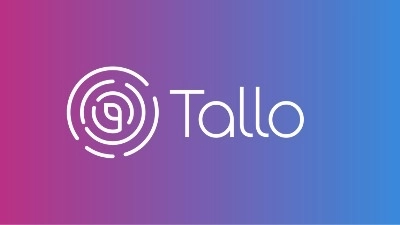
Guiding Your Students through Tallo
Tallo is a wonderful tool that matches your passions, talents, and interests with exciting education and career opportunities. Crystal Barkley and Jordan Barrera have collaborated to create a course that prepares you...

Remote Education: How to be a Successful Learner
For various reasons, teaching online either permanently or temporarily has become the latest necessary transition for our teachers; however, we need to also consider a student’s perspective. This course provides suggestions for...

Remote Education: Unpacking TPACK
With remote and hybrid learning becoming more prevalent, a framework for use is important. TPACK is a knowledge base that teachers can use to successfully implement this instructional practice. The course unpacks...

Remote Education: Key Practices, Tools, and Resources
Remote and hybrid learning are quickly becoming valuable teaching strategies for many teachers. Learn how to create an inclusive classroom that ensures that every learner has an opportunity to thrive and reach...

Cyberbullying
This half-hour course focuses only on this type of bullying as it is the fastest-growing bullying form. It clarifies the definition, explains reasons for cyberbullying, and looks at ways to help. At...

A Holistic Approach to Prevent Bullying
This one-hour course moves through bullying with a lens on the victim, bully, and bystanders. Statistics are provided to show a school’s responsibility before shifting to a clear definition and signs to...

Remote Education: Transitioning to Remote Learning
If you have been teaching for a while, you have likely had to transition to a new curriculum, age level, or subject area. For various reasons, teaching online either permanently or temporarily...

Remote Education: Using Video and Digital Tools
When teaching online, you have a host of tools to help create a secure and safe online classroom environment. You will learn how to implement digital tools in ways that promote student...

Remote Education: Engaging Students
On day one of the school year, your students will bring unique cultures and experiences into the classroom. Learn how to use your online classroom to create safe learning spaces, helping them...
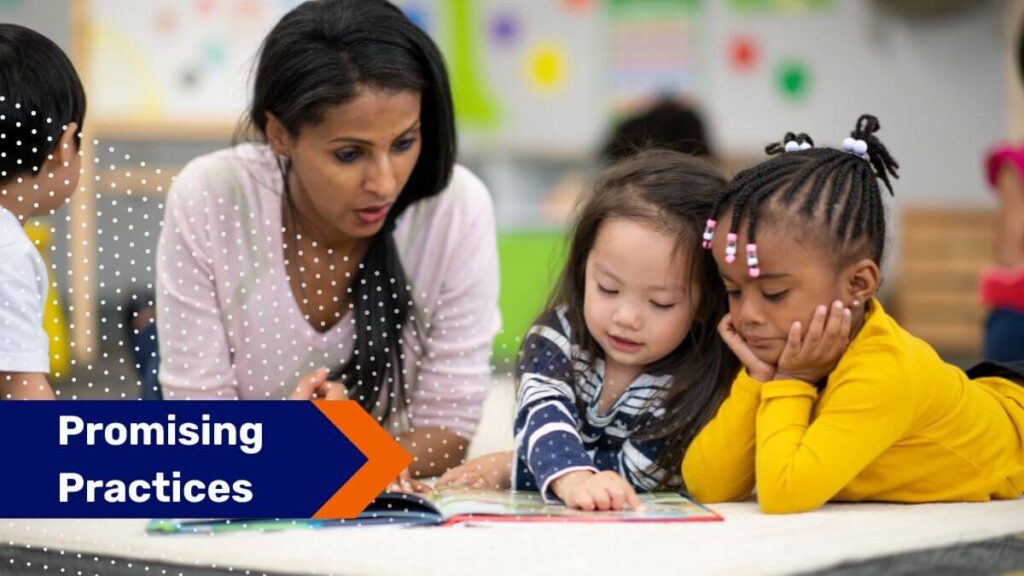
Differentiation Basics for Every Classroom
Have you wondered why differentiation in the classroom is so important? In this session, you will dive into the basics of differentiation and explore various strategies. You will leave with examples of...

Using Nearpod to Spark Student Learning with Quick Inquiry
This session will demonstrate how to customize Nearpod ready-made lessons to help offer students choice during your small group times. With a focus on inquiry-based tasks, teachers leverage a student’s natural curiosity...

Empowering Students through Collaborative Problem Solving
This session focuses on students working collaboratively in classrooms so that they own their learning. Using a problem-solving method makes the content come alive. This is a Promising Practices session showcased just...

Teaching Online without PowerPoint
Would you like to discover different ways to teach online without using PowerPoint? See how to use a document camera, screen share, and the whiteboard tool to teach elementary students as if...
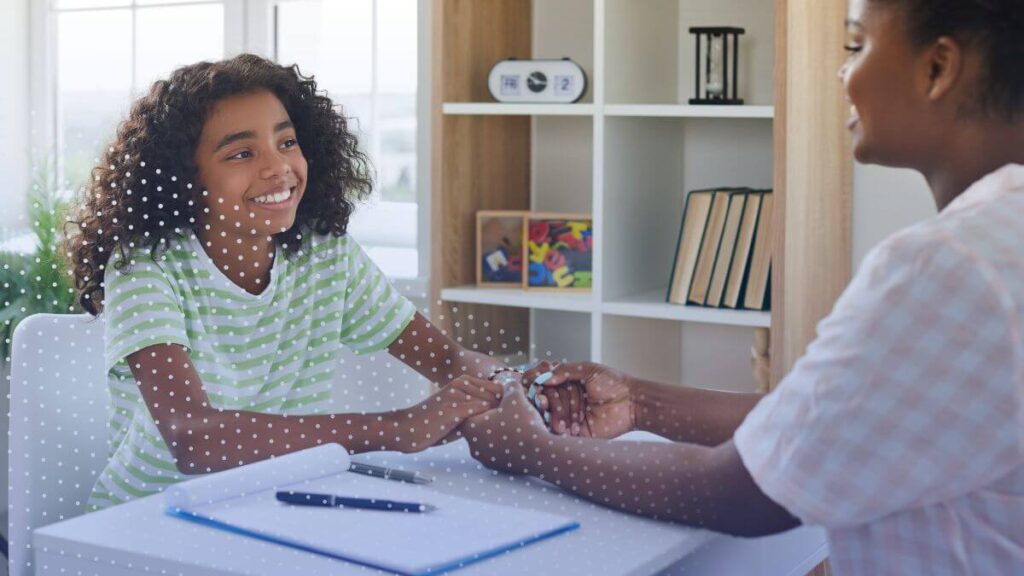
School Counseling Overview
A Multi-Tiered System of Supports (MTSS) is an overarching, system-wide framework typically composed of three tiers of prevention and intervention. School counselors who align their program with MTSS maximize their effectiveness and...

Targeted Instruction 102
Teachers who use targeted instruction promote deeper learning through activities and assessments. This intentional sequencing of rigor results in differentiated instruction. This course examines the definition of instructional activities, the creation of...
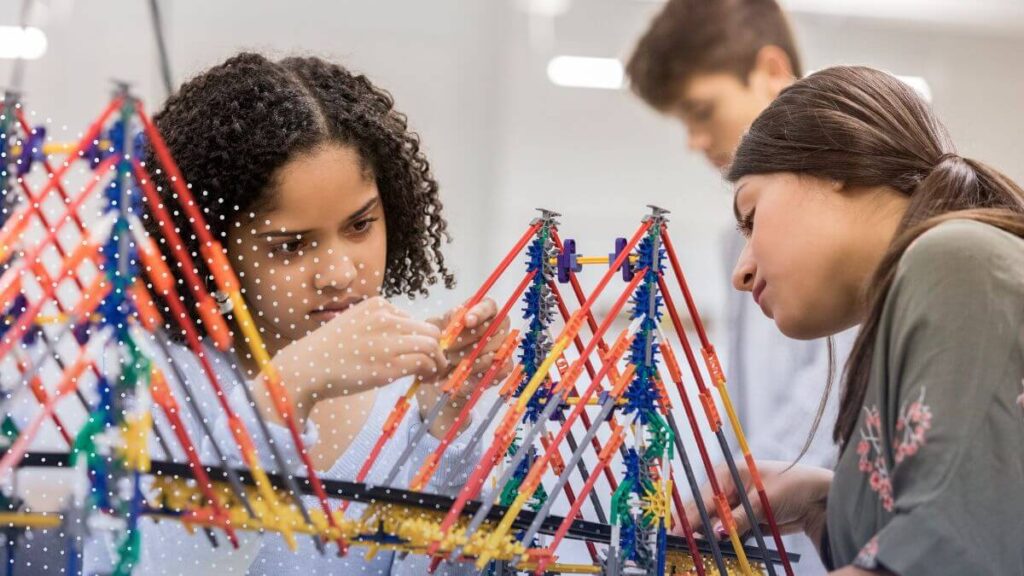
Targeted Instruction 101
Targeted Instruction provides teachers an opportunity to scaffold instructional activities to encourage deeper learning. It is about intentionally sequencing rigor levels in a variety of ways to differentiate the instruction. This course...

Your Reading Teacher Philosophy
The idea that reading is fundamental cannot be debated. It is a bedrock concept of education. This course aims to inspire educators on their journey to improve their support of students who...

Classroom Management Strategies When Students are Offline
When students are engaged, they are learning. Learn how to extend your student’s learning with strategies to keep them engaged after they leave your classroom. This Promising Practices video and materials can...

Stride Tutoring Training Guide
This course provides an overview of the dashboard, tutoring expectations, the online session tool, templates for use, and final thoughts on becoming a Stride Tutor. If you are interested to learn more,...
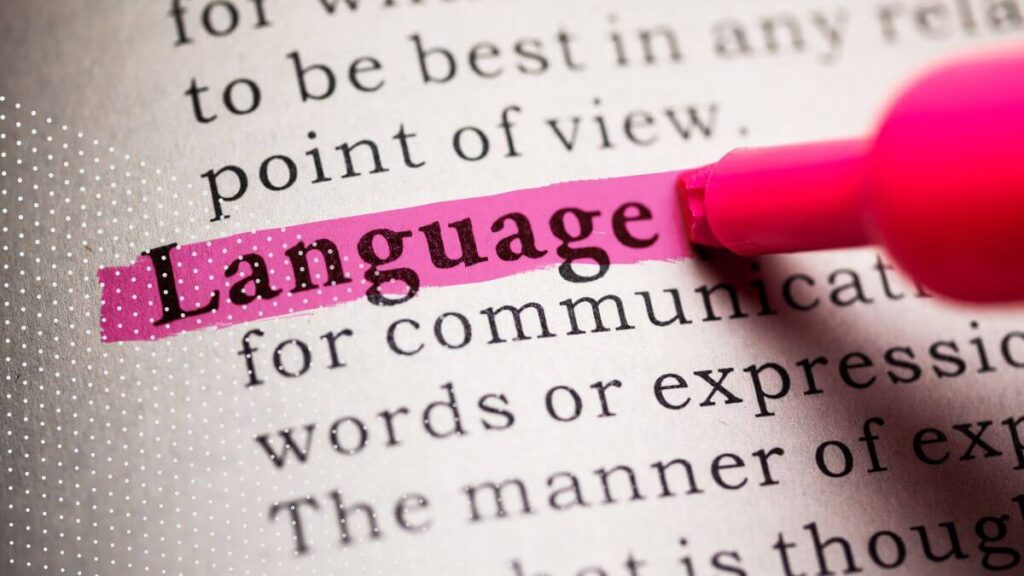
Stakeholder Language
When you communicate with confidence, stakeholders will fully understand the message you convey. This course teaches you how to adjust your message to the audience that you intend to reach. Language “You...

Stakeholder Connection
Connecting stakeholders to the work of the local school is vital to student success. This course helps you identify your critical stakeholders and how they, directly or indirectly, influence areas of the...

Stakeholder Communication
Each stakeholder performs a significant role in connecting with your school. But who are your stakeholders, and what influences do they have? Enroll in this course to help you uncover and support those who...

Vision for Leaders
Have you created and implemented a vision that will solidify your organization’s impact? Learn how to identify and create a well-crafted vision that will help you guide your organization into a future...

Effective Meetings
Gain strategies for leading effective meetings to improve your communication leading to better success and achievement. Meetings are the rare times when your entire team is together. Learn how to leverage that...

Having a Full Cup: Self-Care in Teaching
When you make a list of people to take care of, where do you rank yourself? Research shows that teachers are the number one influence on a student’s performance in the classroom,...

Classroom Culture 4: Positivity
This final, of a four-part series on classroom culture, looks at positivity. A positive classroom culture is a helpful and nurturing classroom culture. Five specific teacher strategies are shared that will bring...

Classroom Culture 3: Presence
This third, of a four part series on classroom culture, looks at presence. A teacher’s classroom presence is based upon their philosophy and passion. this course shows an instructional flow that will...

Classroom Culture 2: Passion
This second, of a four part series on classroom culture, looks at passion. Your passion and enthusiasm in the classroom is contagious. We will learn specific strategies for how to model passion...

Classroom Culture 1: Purpose
This first, of a four part series on classroom culture, looks at purpose. Your teaching philosophy is the foundation for a good classroom culture. This course will guide you through writing (or...
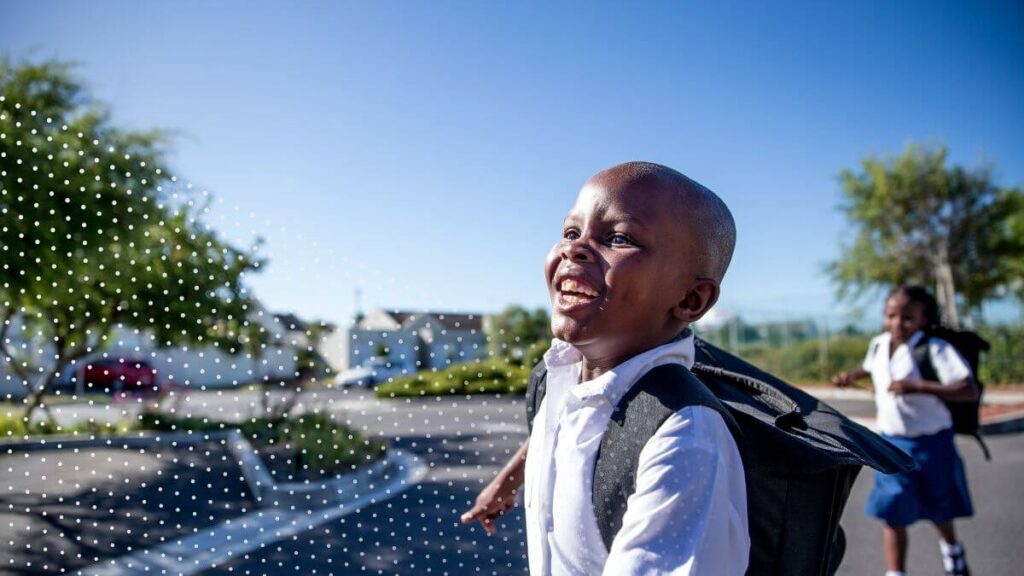
Reframing an Existing School’s Culture
Do you think that your school culture could be stronger? If so, then this course is for you. Follow the story of an experienced school leader and a new assistant principal who...
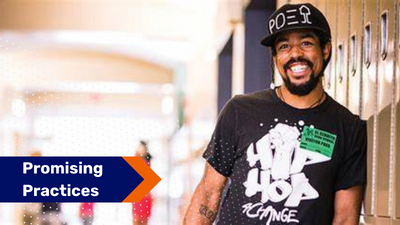
Hip Hop for Change Interview: Khafre Jay
Khafre Jay speaks straight from the heart and from experience on how educators can empower students to learn in creative ways that connect to their personal story. Hip Hop for Change, Inc....

Culturally Responsive Instruction 1.4
What is Culturally Response Instruction? A more diverse curriculum in schools has been shown to increase student achievement, provide students with a more well-rounded educational experience, and help them better understand (and...
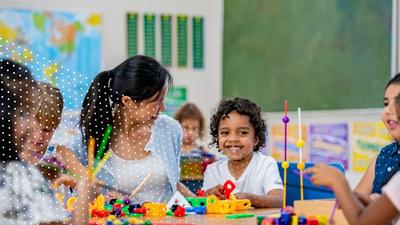
Culturally Responsive Instruction 1.3
What is Culturally Response Instruction? This course reviews how teachers celebrate and respect students’ cultural and learning differences. Remember, you cannot grow students unless you know them. Instruction The focus here is...

Culturally Responsive Instruction 1.2
What is Culturally Response Instruction? After this course, you will walk away with ideas to improve your lessons and maximize the student cultures in your classroom. This course will guide educators on...

Culturally Responsive Instruction 1.1
What is Culturally Response Instruction? No matter how you view cultural responsiveness now, it starts in your heart and mind. When you know where you stand, you can truly focus on your...

Proactive School Counseling within MTSS
A Multi-Tiered System of Supports (MTSS) is an overarching, system-wide framework typically composed of three tiers of prevention and intervention. School counselors who align their program with MTSS maximize their effectiveness and...

Continuum of Services in Education
The continuum of services includes educating students with disabilities in the least restrictive environment. This course provides an overview of that continuum and encourages personal reflection. If you work in an online...

Grading Calibration 5: Conclusion
This final course in the Grading Calibration series culminates the learning through a final exercise, comparison with expert opinions, and concluding thoughts. This course focuses on ELA teachers and is a great...

Grading Calibration 4: Middle School
This fourth of five courses in the Grading Calibration series continues the application of your learning about grading calibration as you score actual papers. This course focuses on ELA teachers – particularly...

Grading Calibration 3: Research Papers
This third of five courses in the Grading Calibration series continues the application of your learning about grading calibration as you score actual papers. This course focuses on ELA teachers – particularly...

Grading Calibration 2: Literary Analysis
This second of five courses in the Grading Calibration series will provide you with an understanding of what calibration is as you practice scoring sample work. This course focuses on ELA teachers...

Grading Calibration 1: Inclusion
This first of five courses in the Grading Calibration series will provide you with foundational knowledge about what calibration is, why it is important, and how it works. This course is specifically...

PBL 12: Reflection
If you want a successful project, then you must build in regular, authentic reflection opportunities. This ongoing reflection helps your students sharpen analytical skills, integrate new knowledge with previous knowledge, and develop...
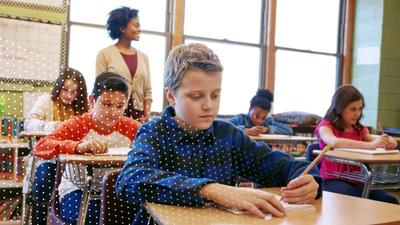
PBL 11: Rubrics
The central core to Project Based Learning is rubrics – created in planning, shared at the beginning, referred to throughout, and used at the end. This course helps you encourage student buy-in...
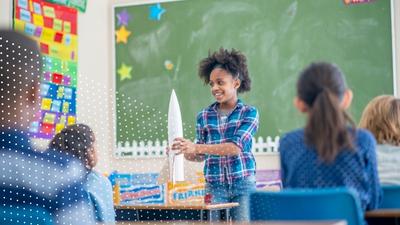
PBL 10: Presentation of Understanding
The projects wrap up as students offer presentations that demonstrate their understanding of the content. These presentations enable students to share their learning, assess their growth, and showcase their work. This often...

PBL 9: Professional Skills
Project Based Learning is one of the best educational formats that directly teach professional skills. You will come to understand how to demonstrate and provide practice for non-subject matter competencies so that...
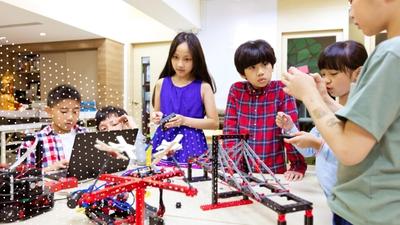
PBL 8: Partnerships
Relevance of content and learning beyond the classroom is a must for education to be effective and long-lasting. Project based learning helps create authentic partnerships between projects and professionals. When that happens,...

PBL 7: Peer Feedback
Good feedback is essential for improvement; however, Project Based Learning incorporates peer feedback seamlessly. This course teaches you how to provide timely peer feedback opportunities within your projects so students can effectively...

PBL 6: Voice and Choice
When students are heard and given options, their commitment to learning increases significantly. Project Based Learning is a great tool for hearing, choosing, and learning. You can increase relevancy and authenticity by...
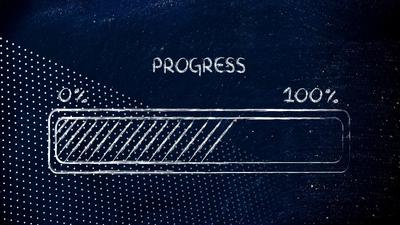
PBL 5: Benchmarks
Everyone wants to know the measures for which they will be compared. This fact is an even more important component in Project Based Learning. Improve your use of benchmarks within a project...

PBL 4: Planning Tools
Project Based Learning is a structured methodology for students to learn together, and this format requires deep planning and multiple tools. Guiding your students in using planning tools is a great way...

PBL 3: Scaffolding
Every student needs support to succeed and this becomes even more important in Project Based Learning. You will learn to use appropriate scaffolding to support students, help them think deeper, and create...
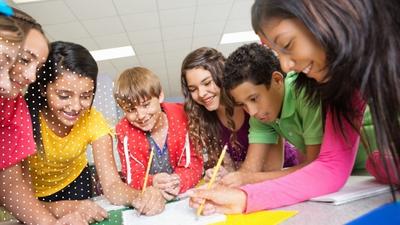
PBL 2: Collaboration
An integral part of Project Based Learning is collaboration. You will learn how to create a classroom culture that fosters collaboration, meaning that students are engaged with each other in highly productive...

PBL 1: Project Launch
Creating a dynamic project launch is one of the most important fundamentals to master because it starts everything in your PBL project! A good start increases the likelihood of a strong finish....

Trauma-Informed Classroom 2: Increase Awareness
A foundational belief of this course is that student behavior is communication and school personnel must ensure they hear what is being shared. To help in that regard, the content is structured...

Trauma-Informed Classroom 1: Student Support
Can you clearly define trauma and what it looks like in school? This course will help you understand its nuances, how the brain reacts, and specific responses you can offer to support...

School Needs Assessment
Continuous improvement in schools starts with planning based on a comprehensive needs assessment. This course provides background to the process, offers exemplars to view, shares state forms, and gives you the chance...

Co-Teaching in the Educational Environment
Students are not taught individually but by teams. The most effective teams are those where each person is valued and the students are at the center of the learning experience. This course...

How to Scaffold
Appropriate use of scaffolding to support student learning is a vital strategy in the classroom as it promotes a student’s individual, academic growth. This course provides a definition of Scaffolding, criteria analysis...

Problem of Practice
If you want to promote collaboration and problem-solving with your colleagues, then this course is for you. The Problem of Practice consultancy protocol offers tools that can be learned and applied to...

A Day In The Life Of An Online Teacher
Ever wonder what online teachers actually do all day? This video, mini-course will answer that question and provide you with strategies to enhance your craft as an online instructor. If you want...

Building Resiliency | Leadership
Before facing extreme circumstances (e.g., a pandemic) or routine changes (e.g., curriculum adoption), school leaders must take steps to build a resilient school culture. This course will help you recognize important habits...

Classroom Edutainment
Do the facial expressions of your students indicate a disconnect with the lesson? Have they said they are bored in class? Well, one possible solution is the adoption of Edutainment strategies. This...
Our Top Courses

Remote Education: Key Practices, Tools, and Resources
Remote and hybrid learning are quickly becoming valuable teaching strategies for many teachers. Learn how to create an inclusive classroom that ensures that every learner has an opportunity to thrive and reach...

Introduction to AI for Educators
This course offers an overview of AI in life and then turns to considerations of the classroom. First, the learner will see a brief history of AI while seeing its prevalence in our everyday lives. Next,...

Pursuing Collaborative Balance 5: Beyond Instruction
The final course in this series moves beyond instruction of pursuing collaborative balance and takes the learner into direct implementation of the five measures. Learners receive a brief refresher but then work...
Featured Courses

Targeted Instruction 102
Teachers who use targeted instruction promote deeper learning through activities and assessments. This intentional sequencing of rigor results in differentiated instruction. This course examines the definition of instructional activities, the creation of...

Trauma-Informed Classroom 1: Student Support
Can you clearly define trauma and what it looks like in school? This course will help you understand its nuances, how the brain reacts, and specific responses you can offer to support...

School Needs Assessment
Continuous improvement in schools starts with planning based on a comprehensive needs assessment. This course provides background to the process, offers exemplars to view, shares state forms, and gives you the chance...
New Courses

Pursuing Collaborative Balance 5: Beyond Instruction
The final course in this series moves beyond instruction of pursuing collaborative balance and takes the learner into direct implementation of the five measures. Learners receive a brief refresher but then work...

Pursuing Collaborative Balance 4: Observation
The fourth in a multi-course series, this next collaborative balance course culminates prior content by direct application to the observation and feedback process. The learner will understand scripting, scoring, and dialogue but...






